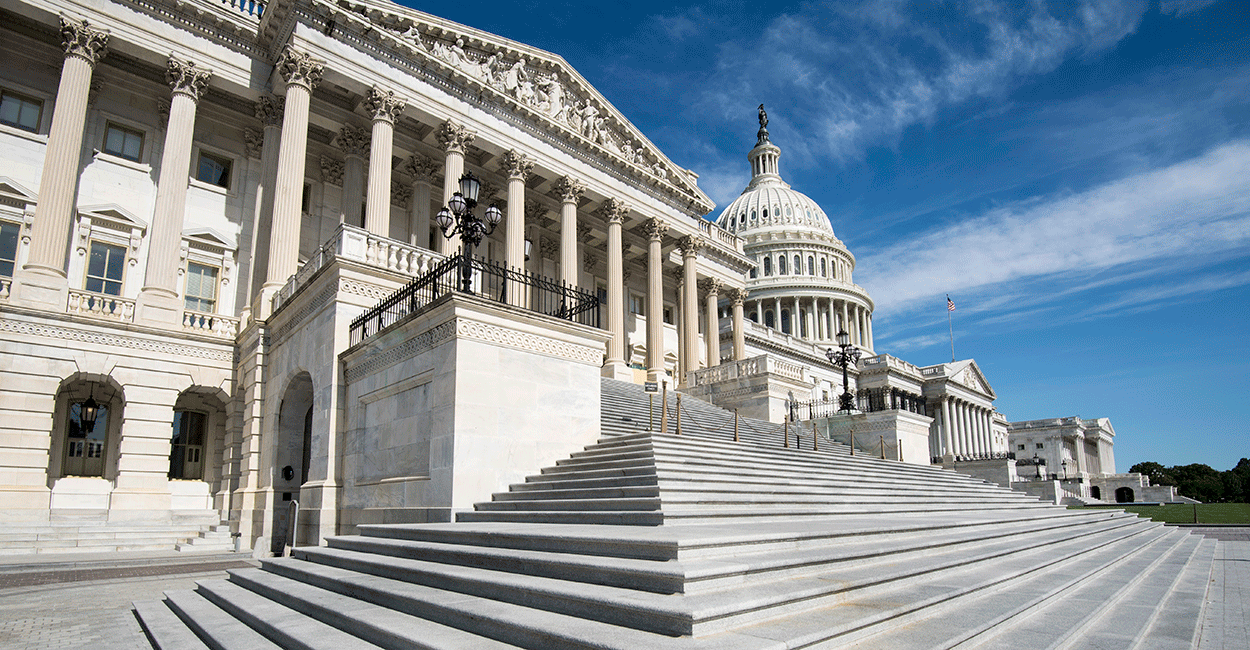Policy experts at The Heritage Foundation unveiled the think tank’s extensive “Blueprint for Balance” report on Monday, with the goal of providing Congress with a plan to balance the federal budget and rein in government spending.
“This blueprint is about freeing the American people to prosper,” said Romina Boccia, deputy director of the Institute for Economic Policy Studies at Heritage, as she introduced a panel that included three of the foundation’s other economic experts.
The budget process provides Congress with an opportunity to scale back unsustainable spending, said Boccia, also a research fellow at Heritage.
The Daily Signal depends on the support of readers like you. Donate now
Stephen Moore, a fellow with the Project for Economic Growth at Heritage, said the budget process is “severely broken.”
Moore lamented the lack of “guardrails” in the budget process, and noted that while federal revenue was up 13 percent in 2017, spending also increased 10 percent, with a large increase coming in the form of discretionary—not mandatory—spending.
“If we’re going to get to a balanced budget, we need economic growth,” said Moore, a former economics and public policy writer for The Wall Street Journal. “We need to ensure that the economy is growing faster than the debt.”
“If you combine faster growth and include the spending reductions, we could balance the budget in five years,” he said, noting that the Heritage plan had a goal of balancing it in six years.
Adam Michel, a policy analyst at Heritage focusing on taxation and the federal budget, emphasized the importance of the continuation of the policies that led to the passage of tax reform in December. He particularly noted that the “Blueprint for Balance” makes all of the tax cuts in that bill permanent.
“A larger economy will balance significantly sooner,” Michel said, echoing Moore’s statement on economic growth, adding that the Tax Cuts and Jobs Act is helping increase economic growth immensely.
Moore said that “a flat tax is the goal,” but added anything that moves the country in the direction of simplifying the tax code is a step in that direction. The December tax cuts were a “good step in the right direction.”
Relying purely on economic growth and the resulting increase in tax revenue isn’t the only part of balancing the budget, however.
Justin Bogie, Heritage’s senior policy analyst for economic policy studies, said that without cuts to spending, the path to balancing the budget is still narrow.
Bogie said the blueprint included “major changes” to Medicare and Social Security, noting that Medicare in particular could become insolvent within 10 years.
Calling Congress’ current spending practices “unsustainable,” he warned that there would be “negative consequences on the U.S. economy” if the government doesn’t “get this debt problem under control.”
For Boccia, getting the “debt problem” under control is not just a practical issue, but also a moral one.
She noted that this generation’s children and grandchildren are “not participating in the political process right now, where decisions are being made that are mortgaging their future.”
































